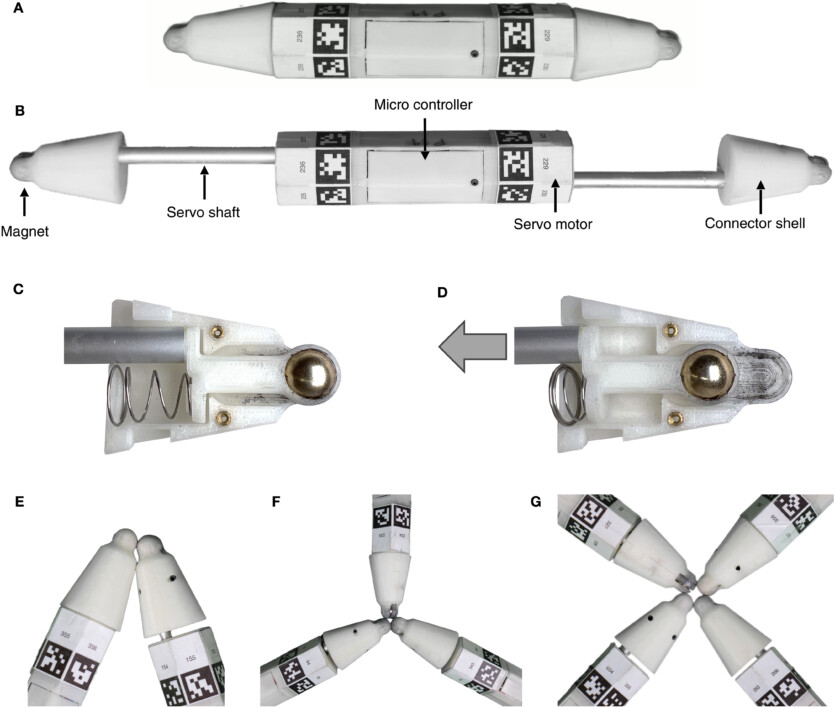
American researchers from Columbia University have presented a new concept robotic systems, that are able to grow, self-repair, and improve using materials from other robots or from the environment.
The concept is already called «robot metabolism». It allows robotic systems to integrate and reuse parts from other robotic systems. Existing designs of robotic systems have limitations and the systems themselves are entirely dependent on people to restore and improve them.
«True autonomy means that robots must not only think for themselves but also physically support themselves. Just as biological life absorbs and integrates resources, these robots grow, adapt, and regenerate using materials from the environment or from other robots», — explains the lead author of the study from Columbia University and the University of Washington Philip Martin Wider.
Scientists have demonstrated this concept on the example of robotic system Truss Link in the form of a magnetic wand, designed similarly to the Geomag toy. It is a simple bar-shaped module containing magnetic connectors of any shape. These connectors are able to expand, contract, and combine with other modules at different angles to create more complex structures.

The researchers demonstrated how the individual links self-organize into two-dimensional shapes that can transform into three-dimensional robotic systems. These systems continued to improve, integrating new parts and expanding to more complex systems. For example, a three-dimensional robot in the shape of a tetrahedron integrated an additional link that it could use as a cane, which increased the speed of descent by more than 66.5%.
According to the researchers, in the future, and not so distant, robotic systems will be able to support themselves, develop and adapt to unpredictable conditions. By mimicking nature’s approach of creating complex structures from simple building blocks, robot metabolism is paving the way for autonomous systems capable of physical development and long-term sustainability.
The results of the study are published in the journal Science Advances
Source: TechXplore

Spelling error report
The following text will be sent to our editors: